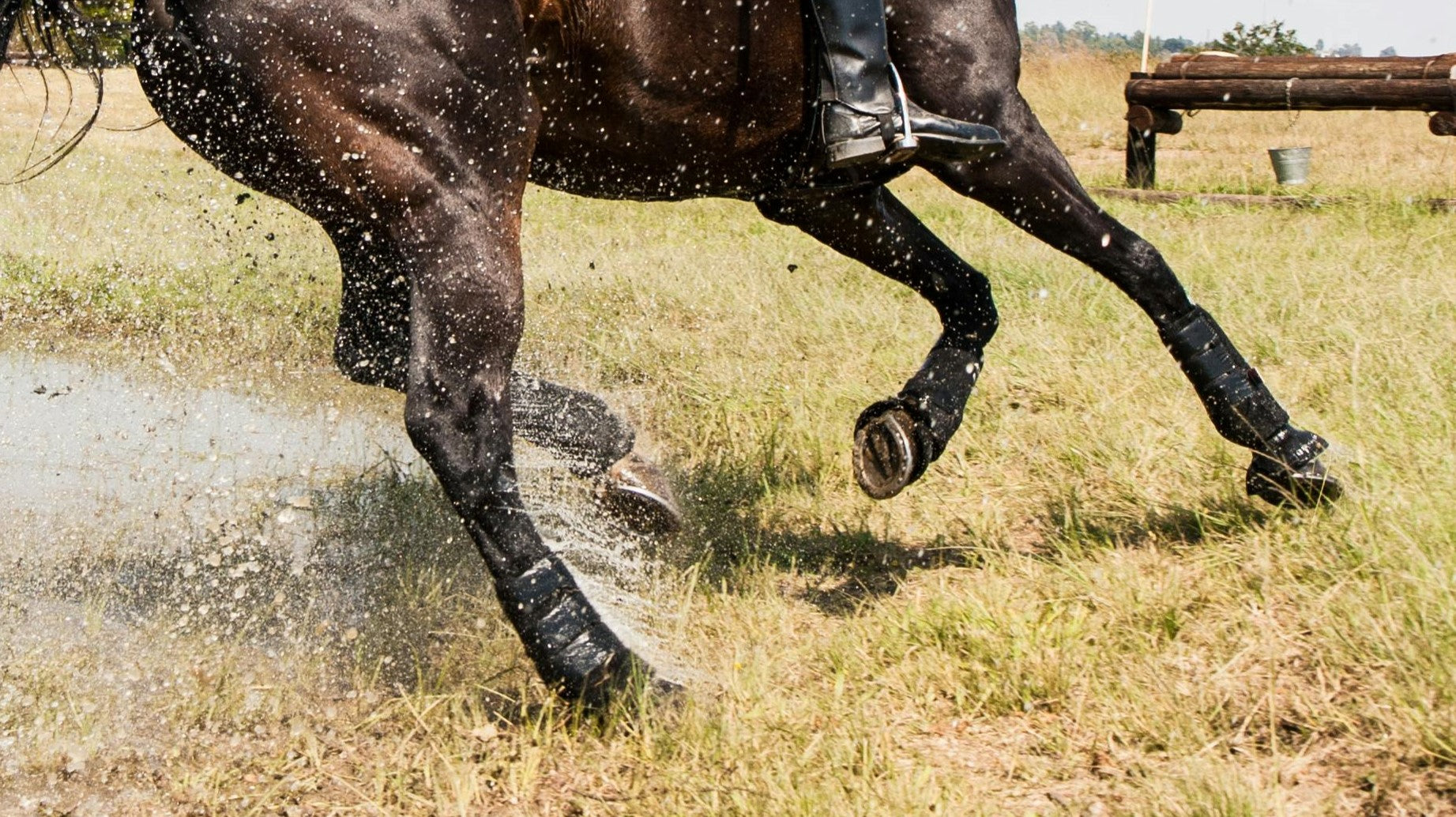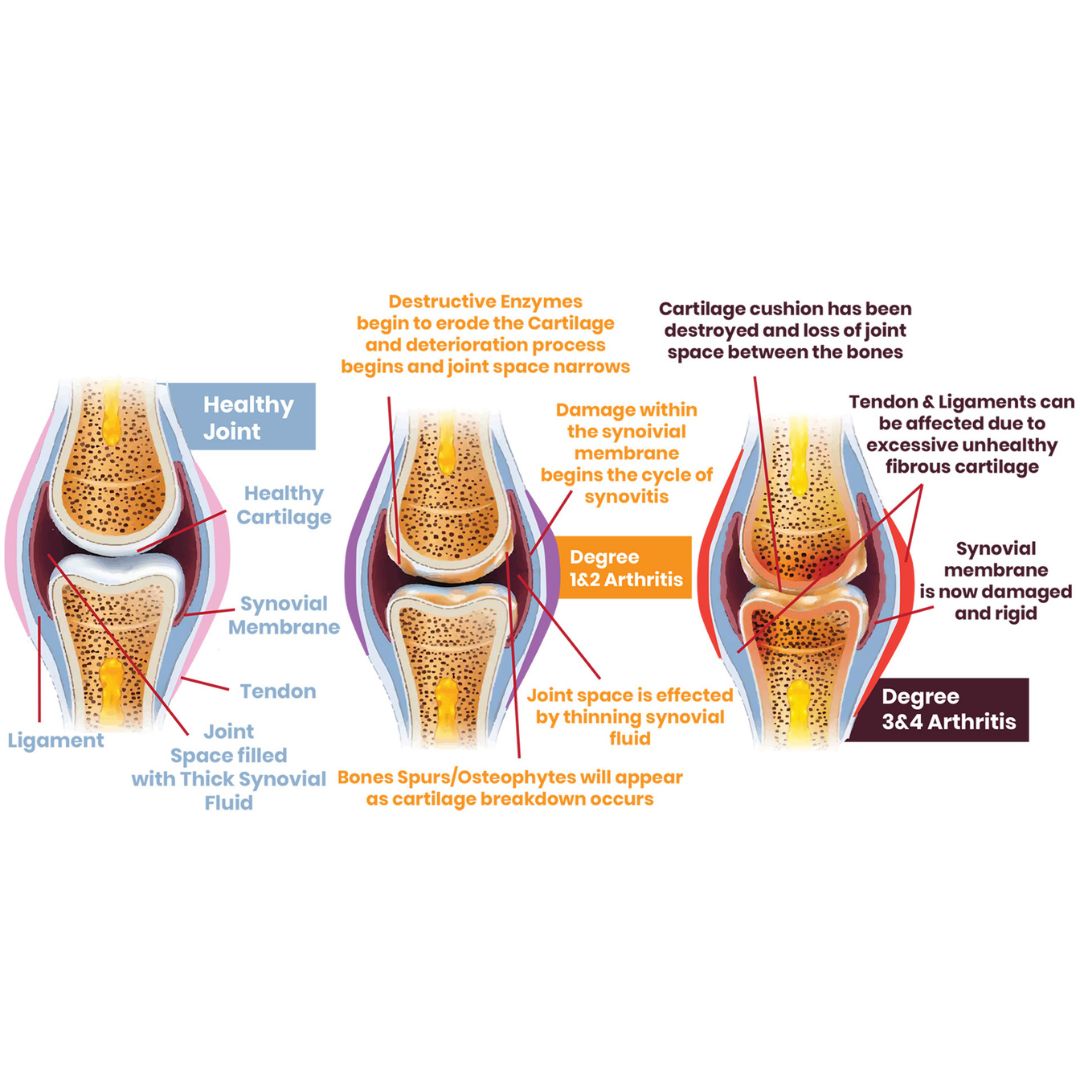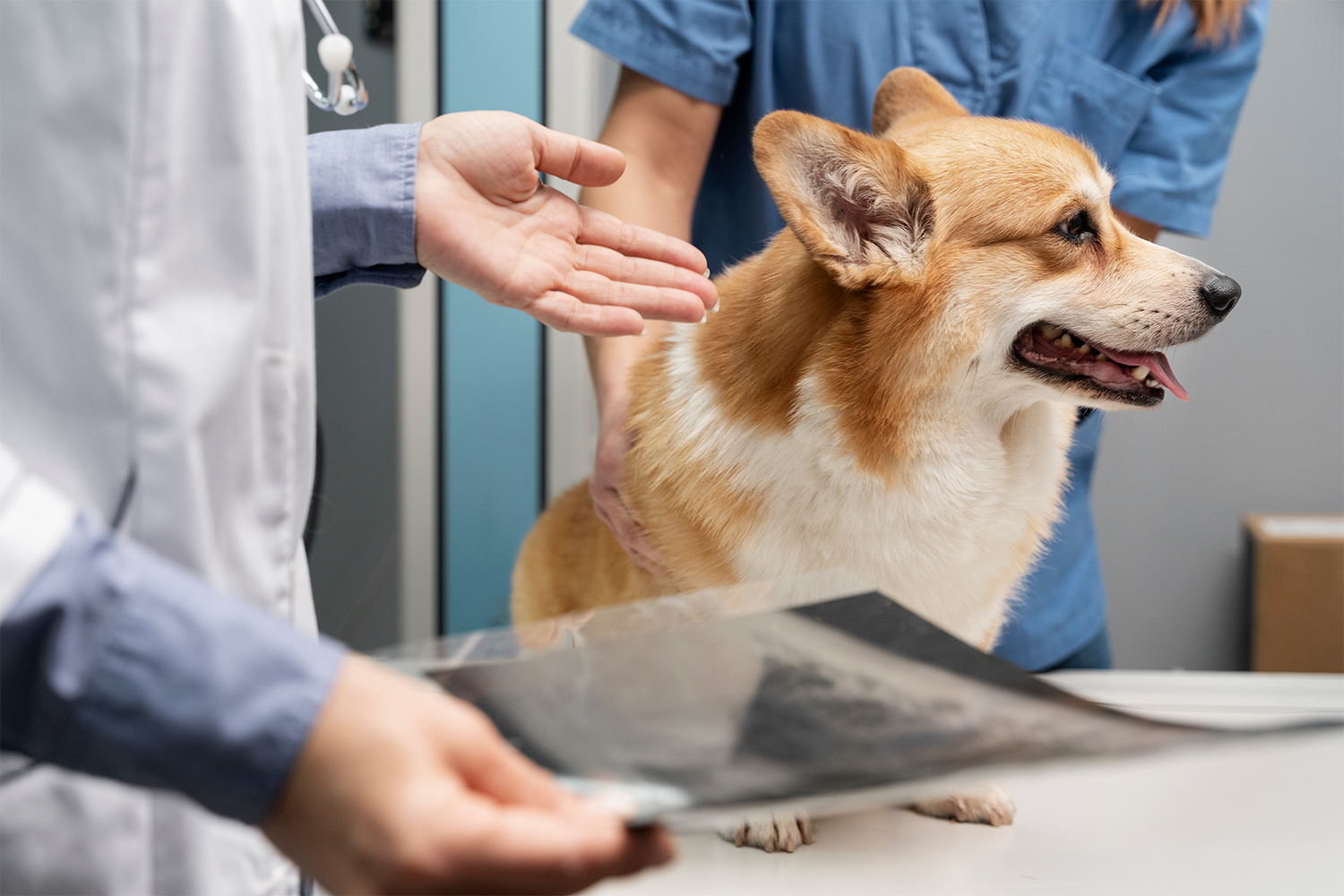When it comes to the health of horses, scar tissue in soft tissue injuries is an area that requires attention from horse owners, trainers, and veterinarians. Whether resulting from accidents, surgical procedures, or overuse, scar tissue can form in muscles, tendons, and ligaments, leading to a range of mobility and performance issues. Understanding the role of scar tissue in soft tissue injuries is crucial to ensuring the proper recovery and care for your horse. This guide covers everything you need to know about scar tissue, including its formation, causes, symptoms, and how to effectively manage these injuries.
What is Scar Tissue in Soft Tissue Injuries?
Scar tissue is a natural part of the body’s healing process, forming as the body repairs injured soft tissues such as muscles, tendons, and ligaments. Unlike healthy tissue, which is designed for flexibility and strength, scar tissue consists of dense collagen fibers that are less flexible and more rigid.
While scar tissue is essential for closing wounds and preventing further damage, it can sometimes lead to stiffness, reduced mobility, and discomfort. This can occur in any collagen-rich tissue but is especially noticeable in areas of high mobility, such as the legs, back, and joints. Proper rehabilitation and care can help minimize its impact and support better long-term function.
In the case of soft tissue injuries, the formation of scar tissue can sometimes become problematic. If the body forms too much scar tissue, or if it forms in the wrong direction, it can lead to adhesions, restrictions in movement, and chronic pain. This is particularly concerning in horses used for athletic purposes, as it may impair performance and affect overall health.
Common Causes of Soft Tissue Injuries Leading to Equine Scar Tissue Formation
Several factors can lead to soft tissue injuries in horses, each of which may result in scar tissue formation. These injuries commonly involve muscles, tendons, and ligaments, where the tissues undergo stress, strain, or trauma.
1. Traumatic Injury
Trauma, such as kicks, falls, or collisions, is a leading cause of soft tissue injuries in horses. When a horse experiences such an injury, scar tissue is often formed as the body heals the damaged area. In severe cases, this can lead to thickening or hardening of the tissue, which can reduce flexibility and cause pain n, and possibly impede proper blood flow to that area.
2. Repetitive Strain or Overuse
Horses engaged in strenuous activities or repetitive motions—such as racing, jumping, or heavy training—are at risk of developing soft tissue injuries over time. Tendons and ligaments subjected to repeated stress may form scar tissue as a response to the cumulative damage. This is particularly common in high-impact sports.
3. Surgical Procedures
Surgeries performed on injured tissues, such as tendon repairs, joint surgeries, or soft tissue excisions, can result in scar tissue formation during the healing process. Scar tissue may form inside the joint or muscle and cause reduced flexibility or adhesions that can impair function.
4. Infections or Inflammatory Conditions
Infections or chronic inflammation in soft tissues can promote the excessive formation of scar tissue. For example, an infected wound or prolonged tendonitis may result in excessive fibrosis, where the soft tissue is replaced with scar tissue.
Signs and Symptoms of Scar Tissue in Horses
Recognizing scar tissue in soft tissue injuries is vital for proper treatment. Some common signs and symptoms that may indicate scar tissue formation include:
-
Decreased Range of Motion: Scar tissue is less elastic than the healthy tissue it replaces, and this can lead to a reduced range of motion in the affected area. Horses with scar tissue in muscles or tendons may show stiffness and difficulty performing movements that they once did with ease.
-
Lameness: The presence of scar tissue in tendons, ligaments, or muscles can interfere with the horse’s natural movement and gait. This may result in lameness, where the horse may favor one leg or show signs of discomfort while walking, trotting, or cantering.
-
Pain or Sensitivity: Scar tissue can cause pain or sensitivity in horses, particularly when pressure is applied to the affected area. This pain may manifest as reluctance to work, difficulty performing tasks, or discomfort when touched in the area of the injury.
Diagnosing Scar Tissue in Soft Tissue Injuries
Correctly diagnosing scar tissue in soft tissue injuries is essential for implementing the right treatment. The diagnostic process typically involves the following steps:
-
Physical Examination: A thorough physical exam by a veterinarian is the first step in identifying the presence of scar tissue. The vet will check for signs of swelling, heat, and discomfort, and assess the horse’s range of motion and gait to determine how much the injury is affecting the horse.
-
Imaging Techniques: Advanced imaging techniques, such as ultrasound, X-rays, or MRI, are often used to visualize the extent of the soft tissue injury and to examine the scar tissue. These tools can help determine how much scar tissue has formed and whether it is affecting deeper structures like muscles or tendons.
-
Lameness Evaluation: If a horse is showing signs of lameness or reduced performance, a lameness evaluation will be conducted to determine the exact cause of the problem. The veterinarian will carefully observe the horse's movement and may conduct specific tests to pinpoint the location of the scar tissue.
Treatment for Scar Tissue in Soft Tissue Injuries
Once scar tissue is diagnosed, the treatment plan will focus on reducing the negative impact of the scar and restoring normal function. The treatment options vary depending on the severity of the injury and the location of the scar tissue.
1. Supplementation
Supplementation can offer an effective solution for the treatment t and prevention of scar tissue if in the healing phase. OptiWize has 10 ingredients that can help reduce scar tissue. Hydrolyzed collagen type 2 is a crucial component in the repair and regeneration of connective tissues, such as tendons, ligaments, and muscles, which are often affected by scarring. This specific type of collagen helps to promote the proper alignment and strength of the newly forming tissue, reducing the stiffness and discomfort associated with excessive scar tissue. By supporting the regeneration of healthy tissue, OptiWize can help improve flexibility, reduce adhesions, and speed up recovery, making it a valuable treatment for horses or individuals recovering from soft tissue injuries.
2. Rehabilitation Exercises
Physical therapy plays a crucial role in treating scar tissue in soft tissue injuries. Stretching exercises, strength training, and other rehabilitation techniques can help promote healing, improve flexibility, and break down excess scar tissue.
3. Massage Therapy
Massage therapy is beneficial for softening scar tissue and improving circulation around the injured area. Through targeted manipulation, the therapist can reduce muscle stiffness, break down adhesions, and encourage collagen remodeling.
4. Shockwave and Laser Therapy
Both shockwave therapy and laser therapy are effective treatments for soft tissue injuries and scar tissue. Shockwave therapy uses high-energy sound waves to stimulate tissue healing, while laser therapy promotes collagen production and tissue regeneration. These therapies can help reduce scar tissue formation and improve mobility.
5. Surgery
When scar tissue significantly affects the horse’s mobility or comfort, surgical intervention may be necessary to remove the scar tissue. In some cases, a surgical procedure may be performed to release adhesions or remove excess fibrous tissue from the affected area.
Preventing Scar Tissue in Soft Tissue Injuries
Preventing scar tissue formation is often easier than managing it once it has developed. Here are some key preventive strategies for reducing the risk of soft tissue injuries and minimizing scar tissue:
-
Proper Supplementation: In terms of preventative maintenance, OptiWize can be used proactively to maintain the integrity of connective tissues and prevent the formation of excessive scar tissue. By regularly supplementing with OptiWize, you can help strengthen the joints, tendons, and ligaments, enhancing their resilience to stress and injury. This can be particularly beneficial for athletes or those who engage in physical activities that put repetitive strain on the body, reducing the likelihood of injury and promoting long-term tissue health.
-
Proper Warm-Up and Cool-Down: Proper warm-up and cool-down routines help prevent injuries and promote the healing of minor strains before they develop into more serious problems. Always ensure your horse is properly prepared for strenuous activity.
-
Gradual Training Progression: Avoid overexerting your horse by gradually increasing the intensity and duration of exercise. Overloading a horse too quickly can lead to soft tissue injuries, which may result in scar tissue formation.
-
Rest and Recovery: Allow your horse sufficient time to rest and recover after an injury or strenuous activity. Rest periods allow the body to heal naturally, which can reduce the chances of excessive scar tissue formation.
-
Appropriate Veterinary Care: Regular veterinary check-ups are essential to detect any early signs of soft tissue injuries and to address them before scar tissue becomes problematic. Timely treatment and intervention can prevent long-term issues.
Conclusion
Scar tissue in soft tissue injuries is a common concern for horse owners, particularly in those involved in heavy training or sports. While scar tissue plays a crucial role in healing, excessive or poorly aligned scar tissue can lead to stiffness, pain, and reduced mobility and secondary lameness. Understanding how to treat, manage, and prevent scar tissue in horses is essential for maintaining their health and performance and career longevity.



